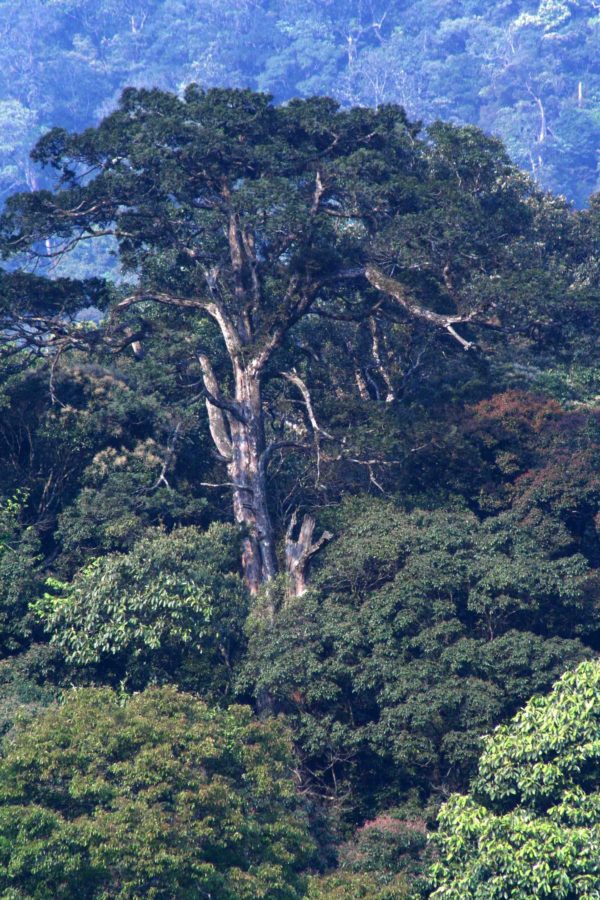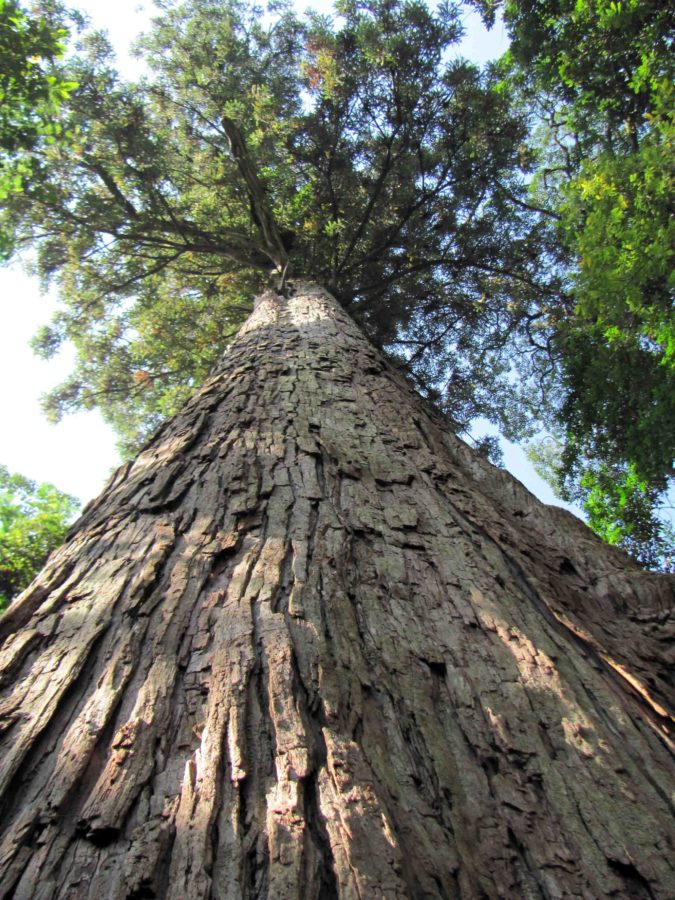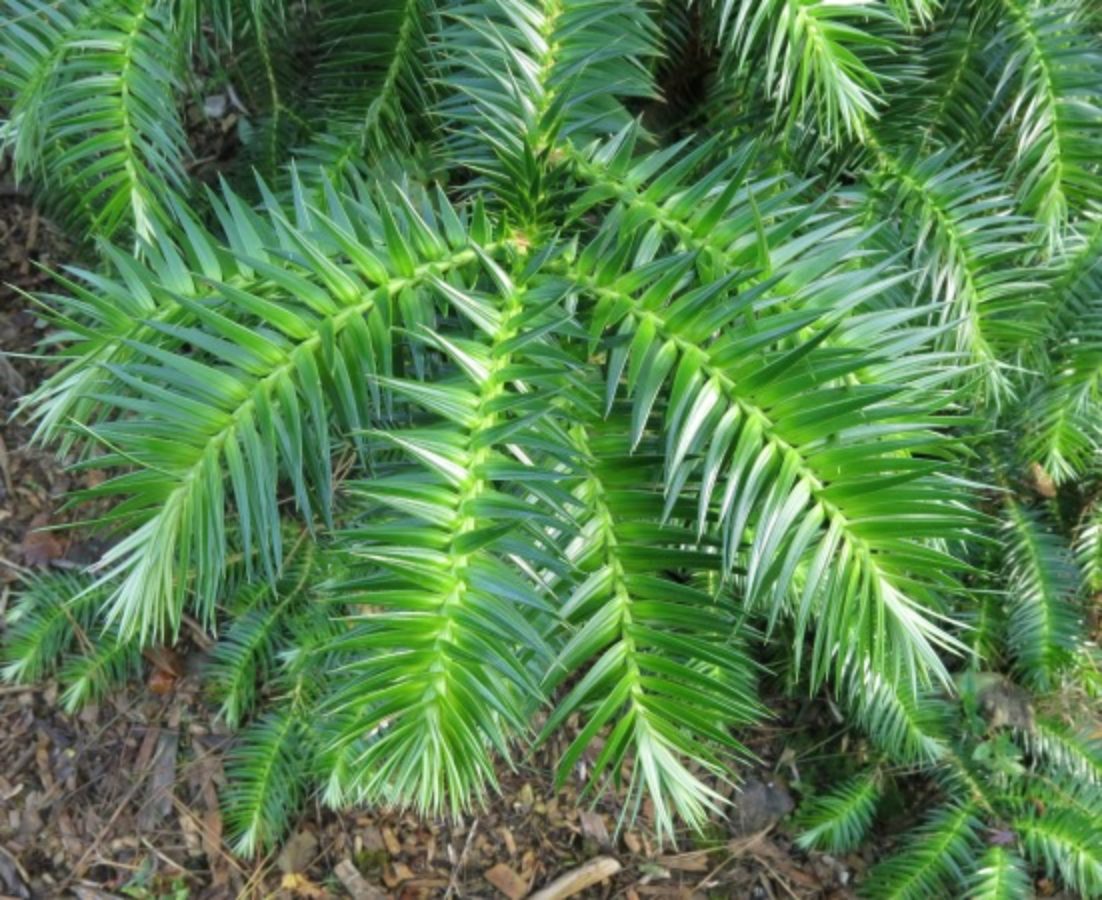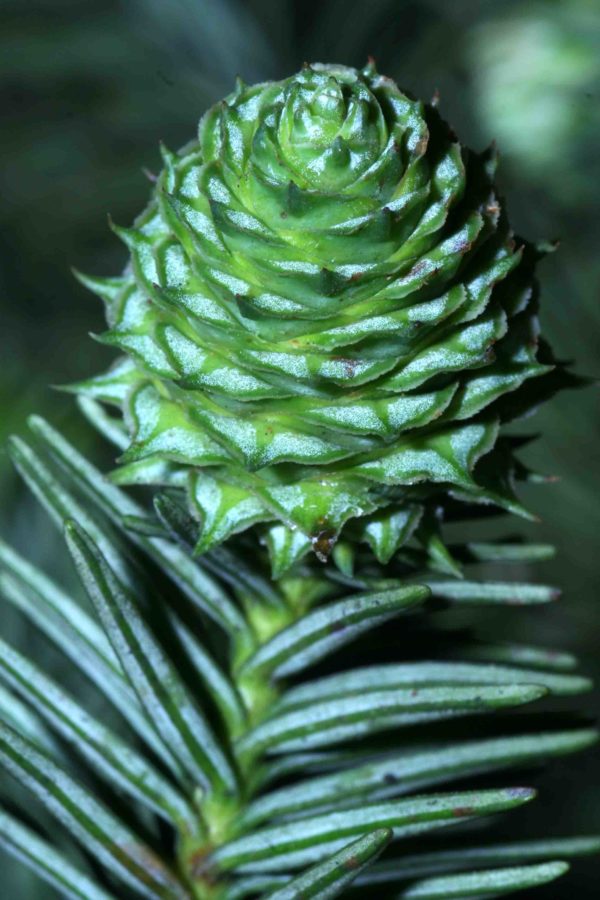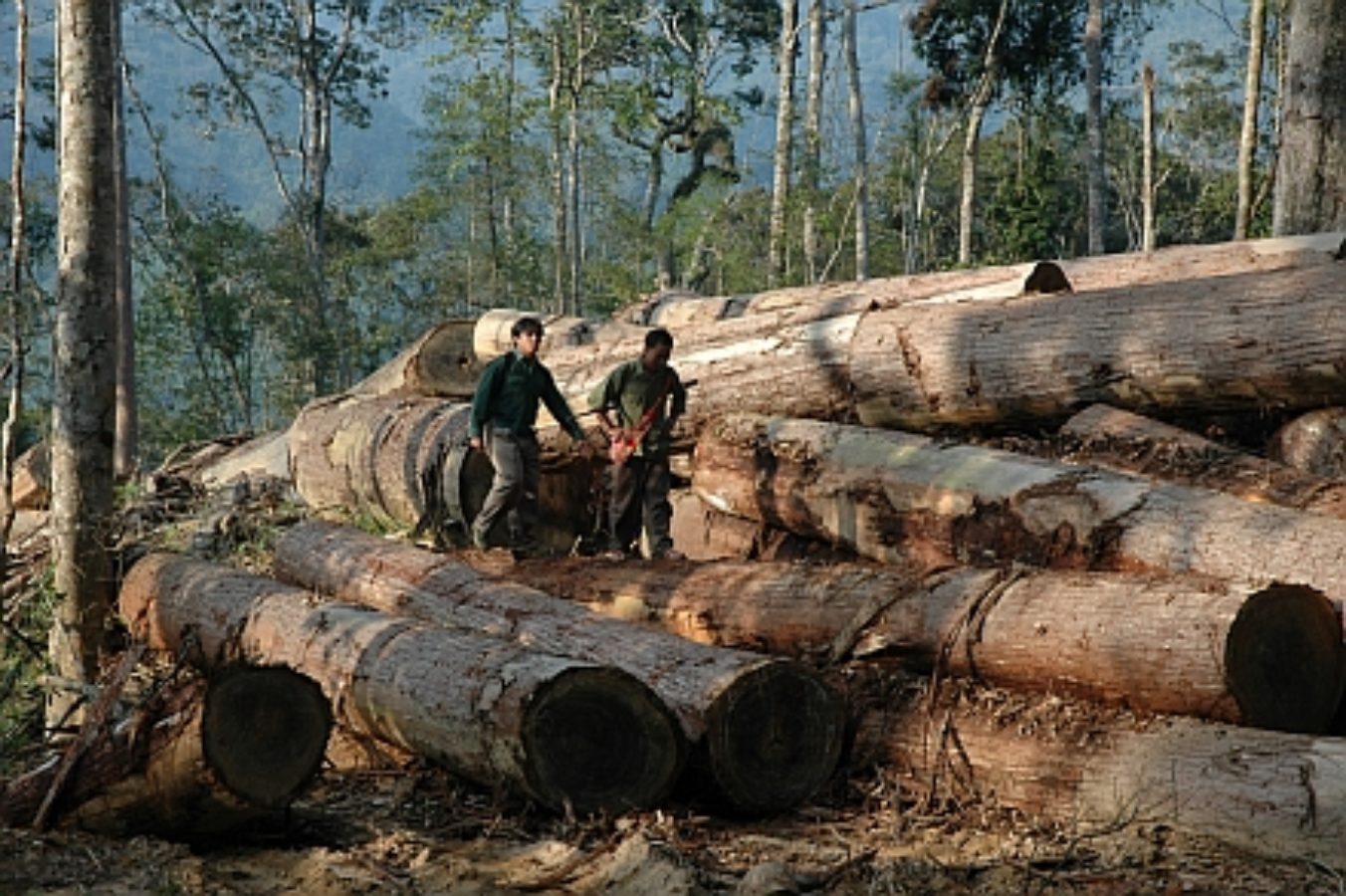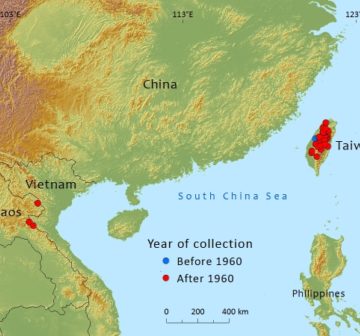Cupressaceae
Cunninghamia konishii
A fast growing tree that is disjunctly distributed in Taiwan and along part of the border between Lao PDR and Việt Nam. In the recent past it has been heavily exploited throughout most parts of its range: logging continues in Lao PDR.
Human Uses
A valuable timber species due to its relatively fast growth and long straight bole. The timber is mainly used for house construction as it is durable and termite resistant.
References and further reading
- Chinh, N.N., Chung, C.T., Can, V.V., Dung, N.X., Dung, V.V., Dao, N.K., Hop, T., Oanh, T.T., Quynh, N.B. & Thin, N.N. (1996). Vietnam forest trees. Forest Inventory and Planning Institute, Agricultural Publishing House, Hanoi, Vietnam.
- Lu, S.Y. & Pan, F.J. (1996). Rare and Endangered Plants in Taiwan I.
- Luu, N.D.T. & Thomas, P.I. (2004). Cay La Kim Vietnam / Conifers of Vietnam. Darwin Initiative. Available: http://www.ceh.ac.uk/sections/... (18 July 2007).
- Nguyen, T.T.N., A.D. Nguyen, T.C. Nguyen, H.T. Tran & D.H. Nguyen (2016). The distribution and some ecological characteristics, and essential oil of Cunninghamia konishii Hayata in Pu Hoat nature reserve, Nghe An province, Vietnam. KKU Engineering Journal 43(S1):121-124.
- Nguyên, T.H., Phan, K.L., Nguyên, D.T.L.,Thomas, P.I., Farjon, A., Averyanov, L. & Regalado Jr., J. (2004). Vietnam Conifers: Conservation Status Review 2004. Fauna & Flora International, Vietnam, Hanoi.
- Thomas, P., Sengdala, K., Lamxay, V. & Khou, E. (2007). New records of Conifers in Cambodia and Laos. Edinburgh Journal of Botany 64(1): 37-44.
- Thomas, P. & Yang, Y. (2013). Cunninghamia konishii. In: IUCN 2013. IUCN Red List of Threatened Species. Version 2013.1. <www.iucnredlist.org>. Downloaded on 05 July 2013.
- Wu Z-y & Raven, P.H. (eds.). (1999). Flora of China, Volume 4. Beijing: Science Press; St. Louis: Missouri Botanical Garden.
